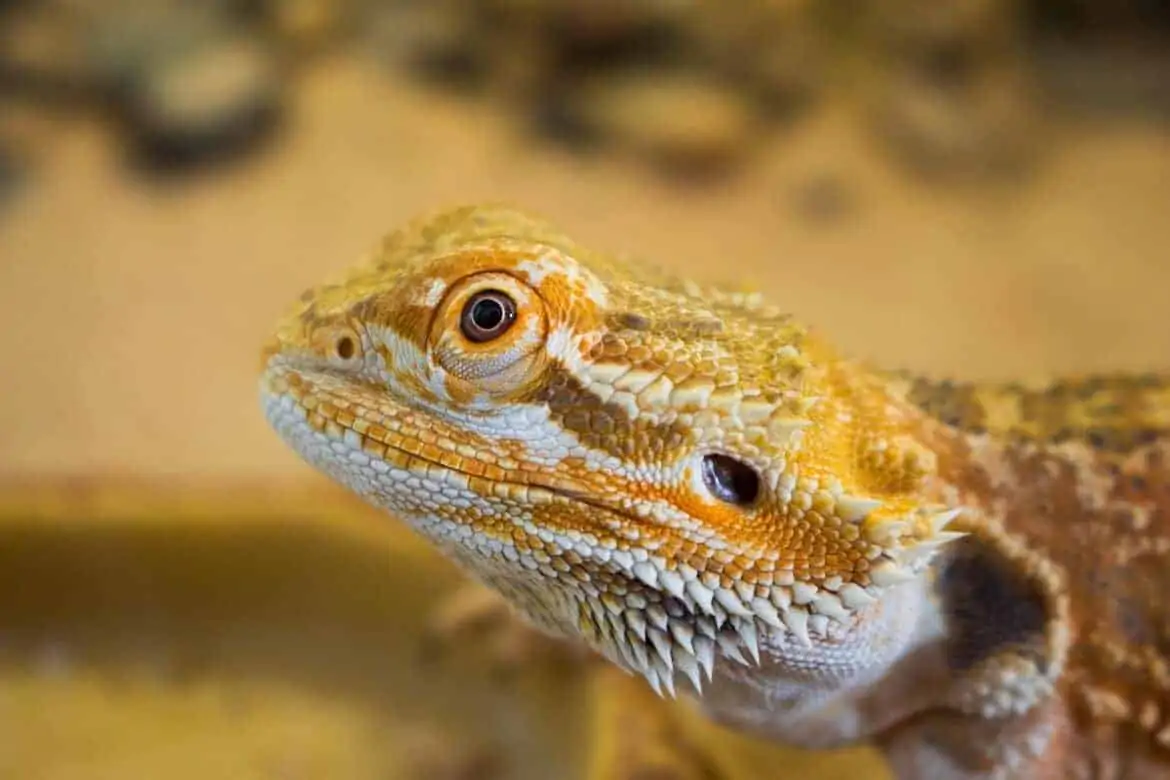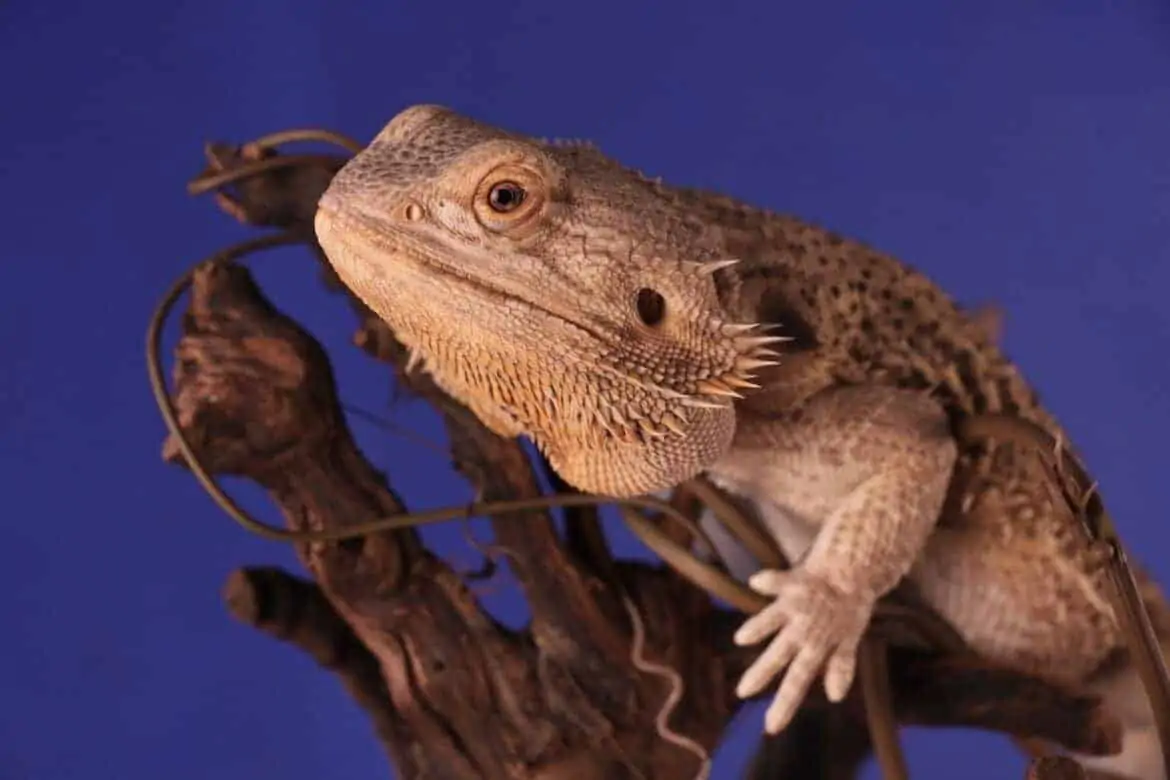Before you learn how to take care of a Bearded Dragon it’s good to know a bit about the species. To begin, the scientific name of your Bearded Dragon is Pogona – a genus of reptiles containing eight species. The term “bearded dragon” is most commonly used to describe the central bearded dragon, (Pogona vitticeps). In the wild, they live in the arid, rocky, semi-desert regions and dry open woodlands of Australia. They are adept climbers and like to bask on rocks and exposed branches in the mornings and afternoons.
So now that you know a bit about the species, you will be better equipped at the ‘why’s’ of caring for them. Firstly, they’re a popular species for kids because of their friendly and calm nature, and the relative ease of caring for them.
Captive adults reach about 42 to 61 cm (16 to 24 in) from head to tail, weigh 10 to 20oz and live for about 8 to 12 years with good care.
Diet
The diet of a bearded dragon depends mostly on its age. For the most part, all bearded dragons require leafy greens, veggies, noncitrus fruits, and insects.
Young dragons require far more insects than do adults.
The diet of a young bearded dragon should be composed of about 90% insects and 10% leafy greens, vegetables (they make easy to use vegetable pellets now!), and fruits. However, the diet of an adult bearded dragon is the opposite. It should primarily be made up of leafy greens, vegetables, and noncitrus fruits; and supplemented regularly with insects.
Crickets (you can find freeze-dried crickets here) are the most popular insects for bearded dragons but they can also be fed:
- black soldier fly larvae,
- locusts,
- superworms,
- waxworms,
- silkworms,
- butterworms,
- grasshoppers,
- and hornworms.
Tip: Mealworms should be used only as a snack/treat because they contain a lot of fat and if their diet consists of too much fat it can lead to poor health.
Last but not least, fresh and clean water is a must.
An Ideal Habitat
The Basics
The best habitat for a bearded dragon is a good sized aquarium with a tight-fitting lid. Hatchlings can be kept in an aquarium as small as 10-15 gallons. But adults require at least a 55-60 gallon aquarium. Wire cages should not be used as a permanent habit because your dragon can be hurt. The lining of your aquarium should be easy to clean, absorbent, digestible (if eaten) and SAFE. Some good ideas are a flat newspaper, sheets of brown wrapping paper, or outdoor carpet. Do NOT use gravel, kitty litter, or wood shavings.
Decorating His Pad
As you decorate your habitat keep a few things in mind. Bearded dragons like branches for climbing and lounging. Make sure branches are secure, of various sizes (at least as wide as your dragon), and free of pitch and sap – oak works very well.
Other things to think about:
- Boards with outdoor carpet make good climbing posts.
- Smooth rocks can help wear down toenails
- Dragons like hiding places. Think cardboard boxes or plastic tubes (PVC Pipe works well)
The hiding place should be snug and high in the enclosure. - Plants make the enclosure prettier but they also provide shade, humidity, and security.
Dracaena, Ficus benjamina, and hibiscus are all good choices. - Why not try a lizard hammock?
Lighting
Bearded Dragons need two light sources. Visible white light to keep the enclosure well lit, and Ultra Violet light to help your dragon produce Vitamin D. To get Ultra Violet light you can use a custom lightbulb or allow your Bearded Dragon to be outside on sunny days over 70 degrees. If you’re placing your dragon outside make sure it is in a wire or screen enclosure. Do not use glass because it traps heat and can become too hot. Also, placing your dragon in front of a window is not sufficient because the glass blocks UVB light.

